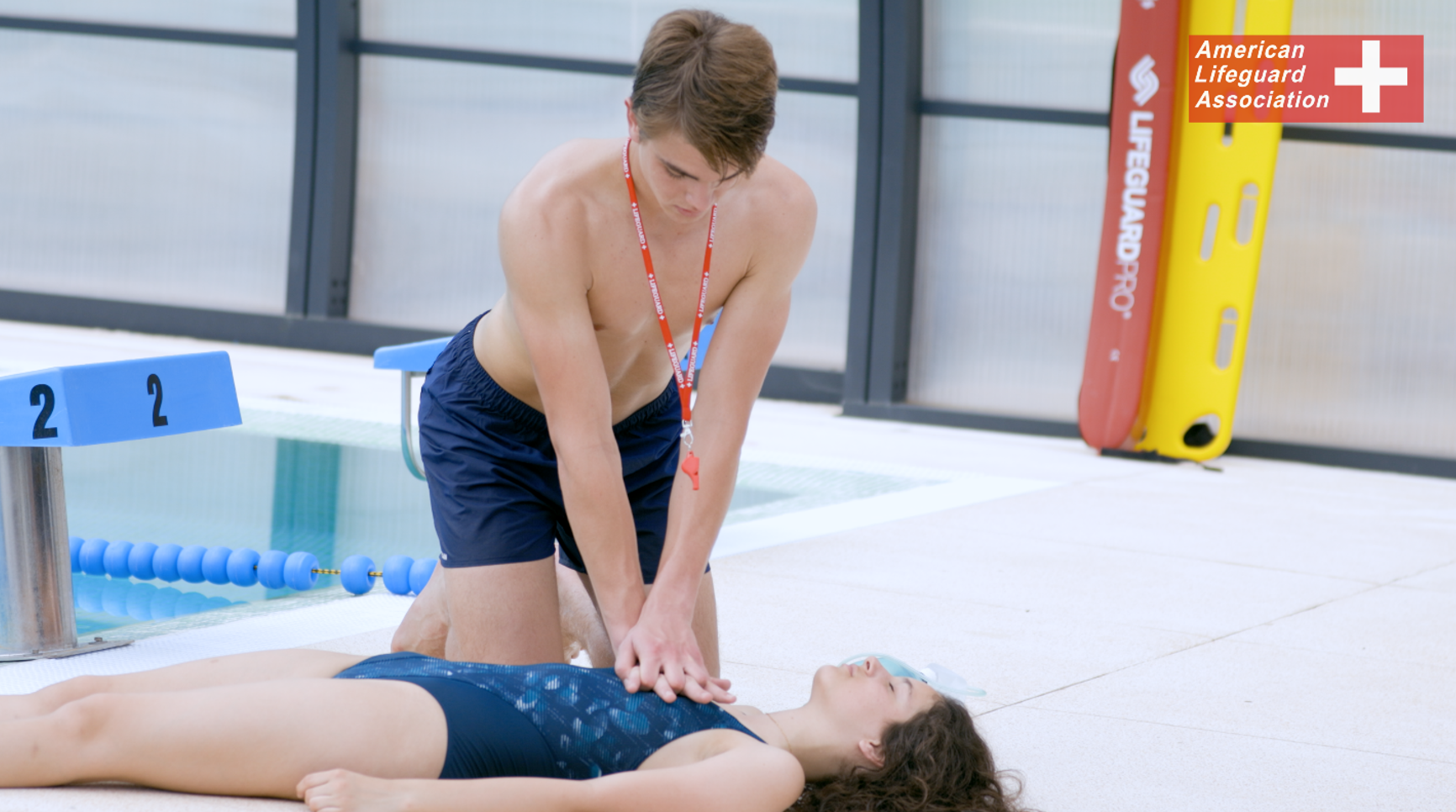How Long Does It Take to Become a Lifeguard Instructor?

A lifeguard instructor teaches lifeguarding skills. These skills incorporate CPR, first aid, and water rescue techniques. Lifeguard instructors guarantee new lifeguards are completely ready. The role is fundamental for safety in swimming regions.
Requirements for Becoming a Lifeguard Instructor
Before starting a lifeguard instructor course, you should meet a few requirements. These include:
- Lifeguard Certification: You should be a certified lifeguard. This normally implies you have finished a lifeguard course. Most courses require around 25-30 hours to complete.
- Experience: You ought to have experience functioning as a lifeguard. Many programs expect somewhere around one year of experience. This guarantees you have practical knowledge.
- Physical Fitness: You should be in great physical condition. The job requires strength, stamina, and swimming skills.
Choosing the Right Training Program Choosing the right training program is crucial. Search for licensed programs. These programs guarantee you get quality education. A few associations offer far reaching courses.
Length of the Lifeguard instructor course
The length of the lifeguard instructor course can differ. By and large, it requires around 20-30 hours to complete. This time can be spread more than a few days or weeks.
- Classroom Instruction: Classroom instruction covers teaching techniques. You will learn how to direct lifeguarding courses. This piece of the course normally requires 10-15 hours.
- Practical Training: Practical training is active. You will work on teaching skills in a pool or other water setting. This part additionally requires around 10-15 hours.
- Appraisal: There is generally an evaluation toward the end. You should show your teaching abilities. The appraisal can require 2-4 hours.
Course Details The lifeguard instructor course covers a few key regions:
- Teaching Techniques: Learn how to train lifeguarding skills. This incorporates making example designs and conveying successful training.
- CPR and First Aid: Invigorate your knowledge of CPR and first aid. You should have the option to unhesitatingly teach these skills.
- Water Rescue Skills: Practice progressed water rescue techniques. You should show these skills.
- Safety Protocols: Learn about safety protocols. This incorporates how to deal with emergencies during training.
Self-Study and Arrangement
Before going to the course, you ought to plan. Audit your lifeguarding skills. Study materials given by the training program. This arrangement can require a few hours.
Certification and Renewal
Subsequent to following through with the tasks, you will accept your lifeguard instructor certification. This certification is substantial for a specific period, typically two years. From that point onward, you should recharge it. Renewal frequently includes taking a supplemental class.
Gaining Experience as an Instructor
Once certified, you can begin teaching. It is essential to Acquire experience. The more you teach, the better you will become. A few instructors decide to have some expertise in specific regions, for example, open water or pool lifeguarding.
Continuing Education
Continuing education is significant for lifeguard instructors. Remain refreshed with the most recent techniques and safety protocols. Numerous associations offer high level courses and studios.
Benefits of Becoming a Lifeguard Instructor
Being a lifeguard instructor has many benefits:
- Career Advancement: It can prompt career advancement opportunities. Numerous instructors move into management roles.
- Personal Satisfaction: Teaching others can very remunerate. You play an immediate role in saving lives.
- Flexible Plan for getting work done: Numerous lifeguard instructors appreciate flexible plans for getting work done.
Challenges You Could Face Becoming a lifeguard instructor isn't without challenges:
- Physical Demands: The job is physically requesting. You want to remain fit and healthy.
- Responsibility: You have a great deal of responsibility. You should guarantee your understudies are thoroughly prepared.
- Continuous Learning: You really want to continue learning and refreshing your skills.
Final Word: The Path to Becoming a Lifeguard Instructor
Becoming a lifeguard instructor takes time and dedication. From starting lifeguard certification to gaining experience and finishing the instructor course, each step is crucial. The whole interaction can require a while to a year, contingent upon your starting point and the time you can commit to training. Once certified, you will join a gathering of professionals committed to safety and education. The American Lifeguard Association offers great assets and backing for lifeguard instructors. They give continuous learning opportunities and guarantee instructors are good to go to teach the up and coming age of lifeguards. Set out on this satisfying career path and have an effect in your community. Your journey to becoming a lifeguard instructor will be testing yet massively rewarding.